- 15,255

- Grandville Mi
- Gotbeefboy564
- Got beef boy564
These a real shooting brake or a conversion?

That's one of four 1985 Pontiac Trans-Am Kammback prototypes. They were used as test mules and pace cars for IMSA and Indycar events. Sadly, they never went into production.These a real shooting brake or a conversion?
View attachment 808276

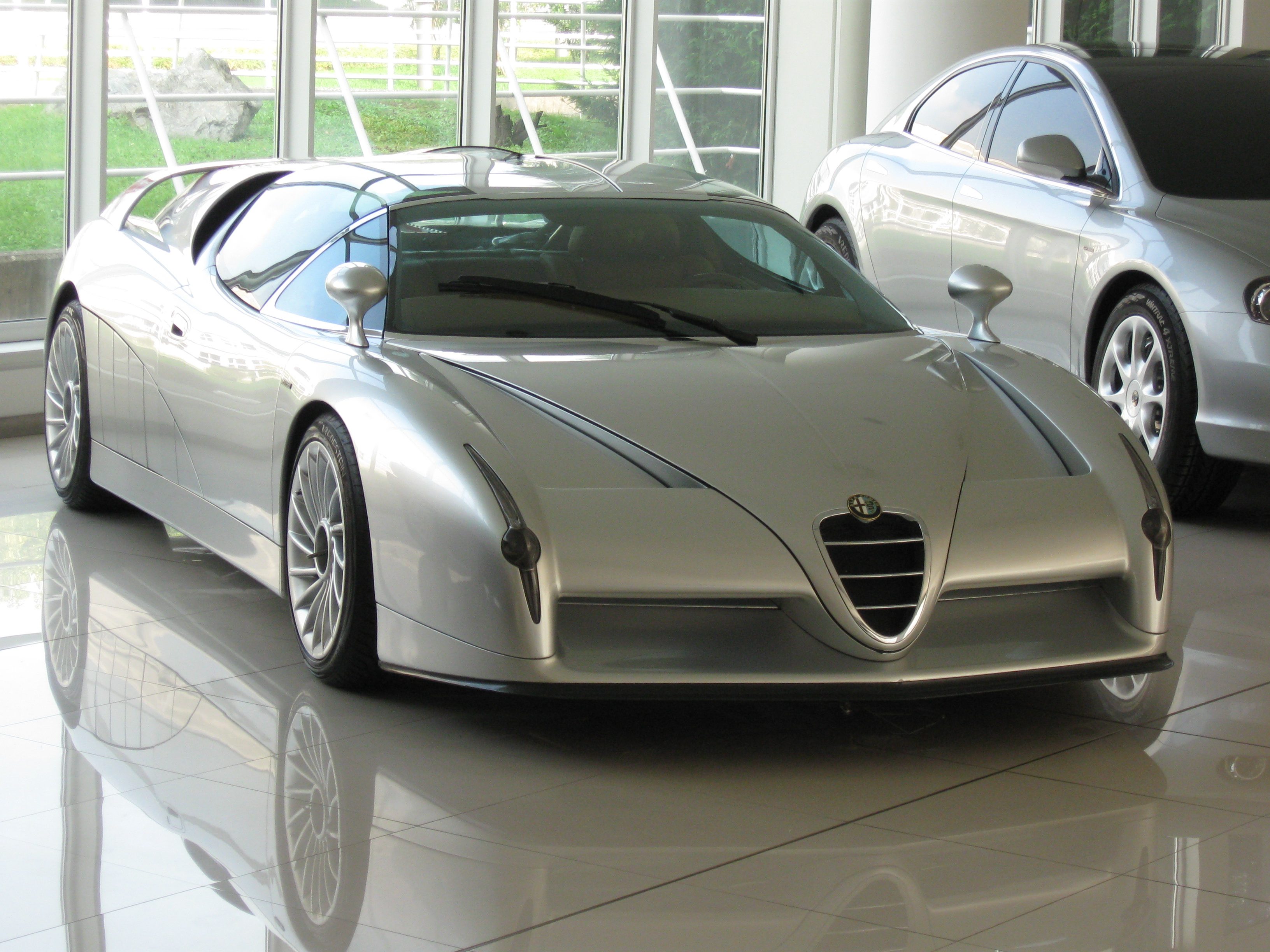
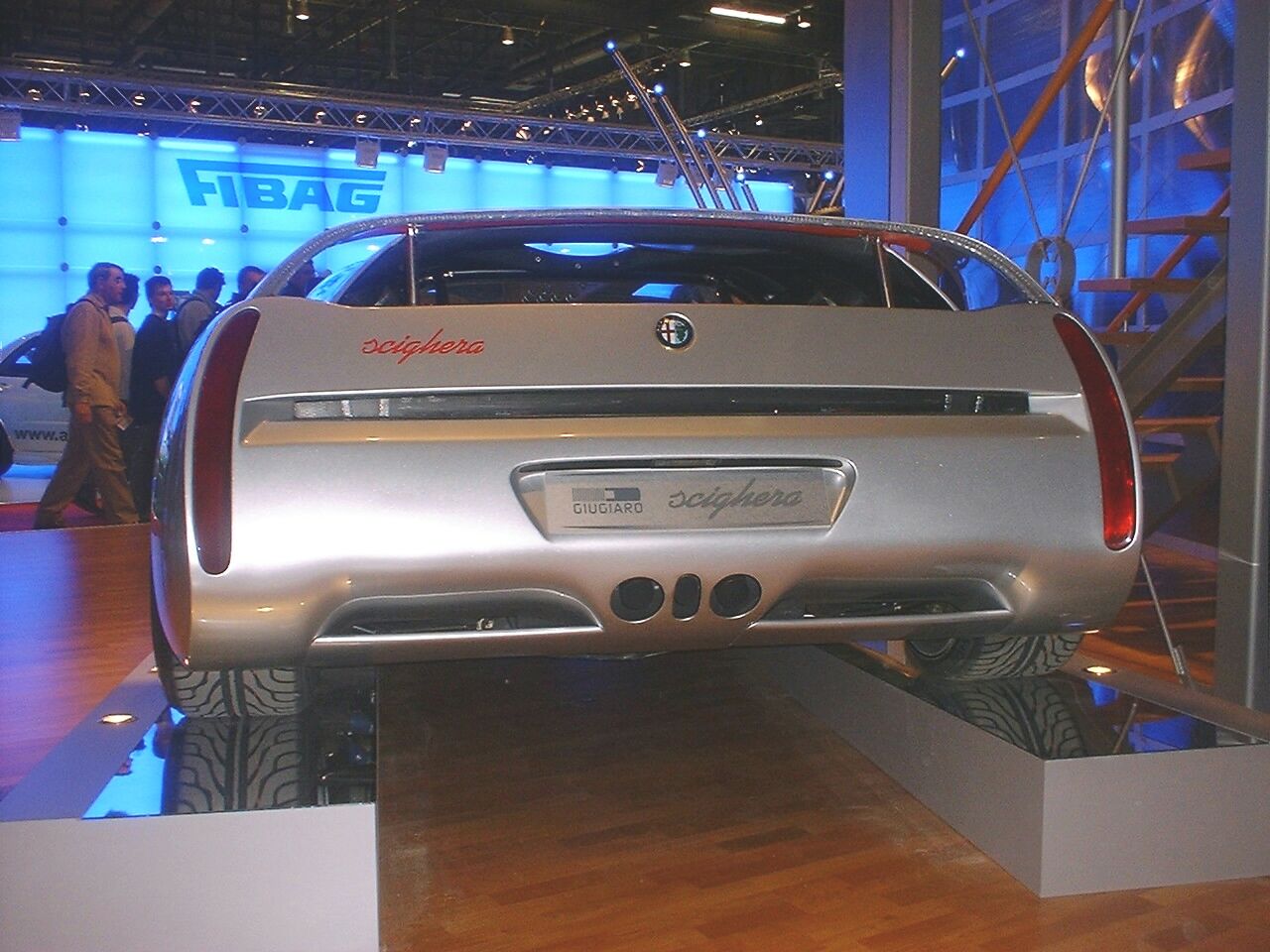
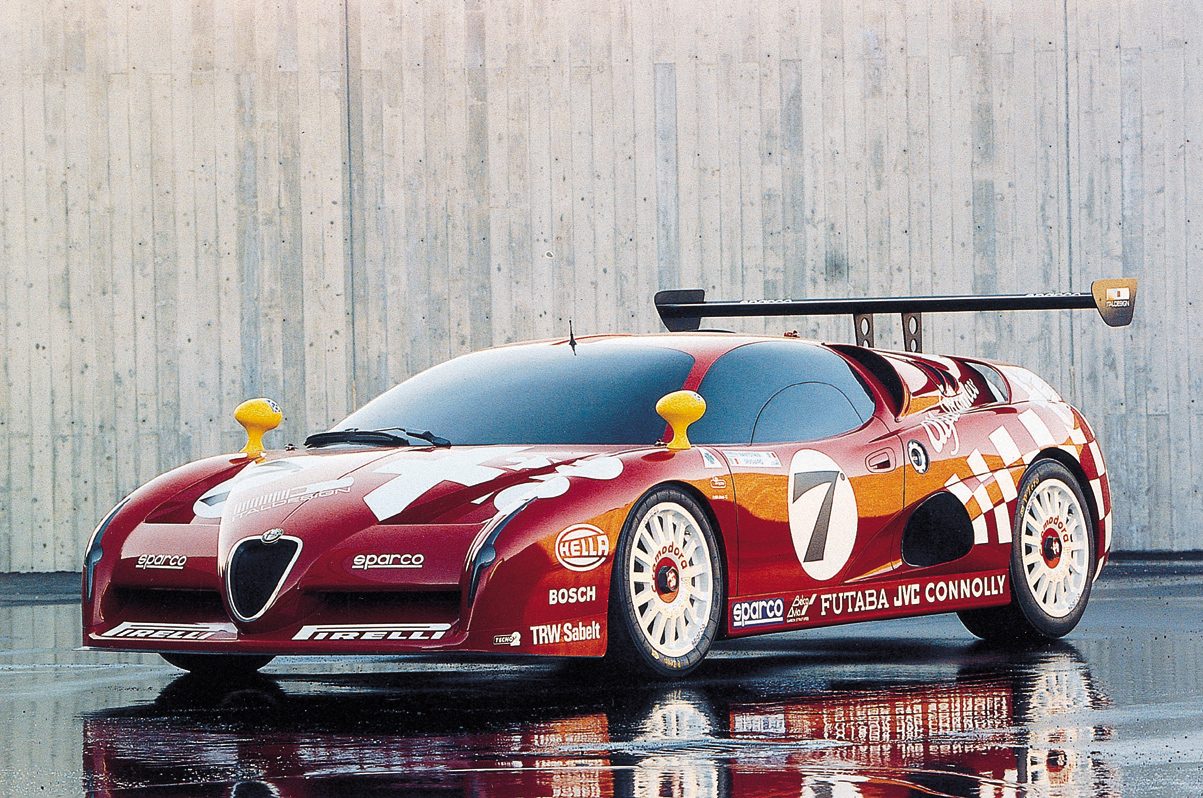
Thanks @SestoScudo!
Alfa Romeo Scighera


Designed by Fabrizio Giugiaro and constructed by Italdesign of Turin, Italy in 1997. The name "Scighera" means mist in Milanese dialect.
The Scighera was conceived by Italdesign as a homage to Alfa Romeo's racing history and was designed to be a race car drives let on the road. The design combines modern and classic design elements. The front of the car draws inspiration from Formula One cars' front wing which has a low slung design and an integrated wing on the buttress in order to create downforce. The V shape of the front mimicks that of the Alfa Romeo logo. Due to the integrated wing, the car had thin headlamps that were infamously called "clown-eyes".
The Scighera is based on the 164, and has an all aluminium body, the frame structure is made of aluminium-carbon fibre composite, and powered by an Alfa Romeo 3.0 L (180 cu in) twin-turbocharged V6 engine. The engine produced a maximum power output of 400 hp (298 kW; 406 PS) at 7,500 rpm and 327 lb⋅ft (443 N⋅m) of torque. The all wheel drive system was derived from the 155. The interior of the car had Connolly leather upholstery.
The car can accelerate from 0-60 mph (97 km/h) in 3.7 seconds and had a top speed of 186 mph (299 km/h).
Italdesign intended to enter the Schigera into racing and even built a racing version of the car which had a bare interior, a large fixed rear wing and did away with the gull-wing mechanism and was considering a small-scale production for homologation, but it never came to fruition.

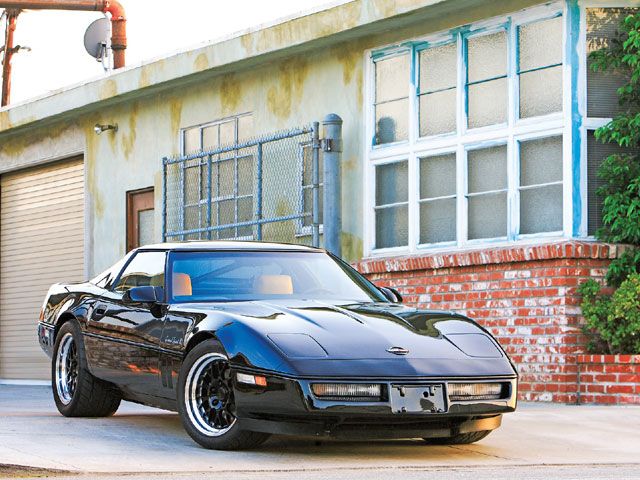
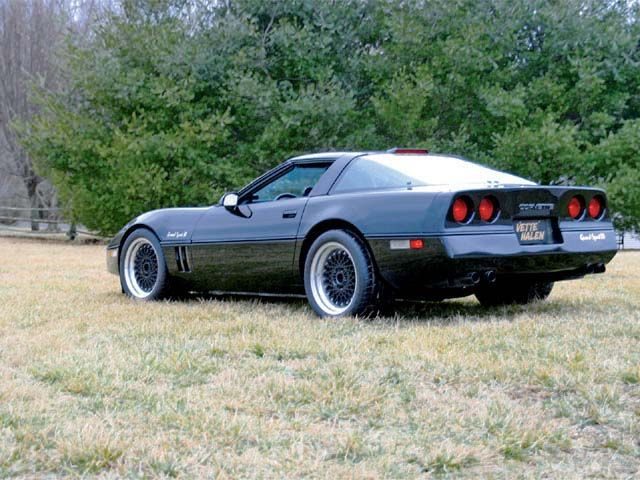
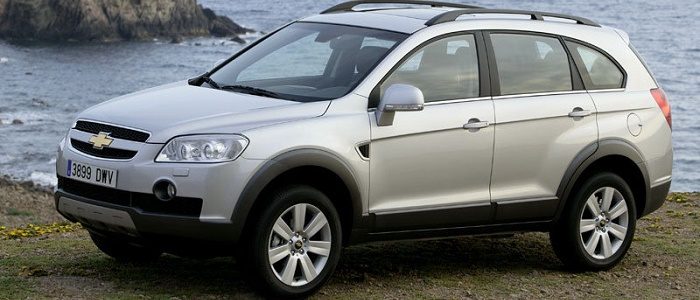
*800hp for the one-off turbocharged prototype. Otherwise, I'm pretty sure the rest of the Tojans ran with a stock 305 just like any other Trans Am.800 hp pontiac. Pontiac Tojan.
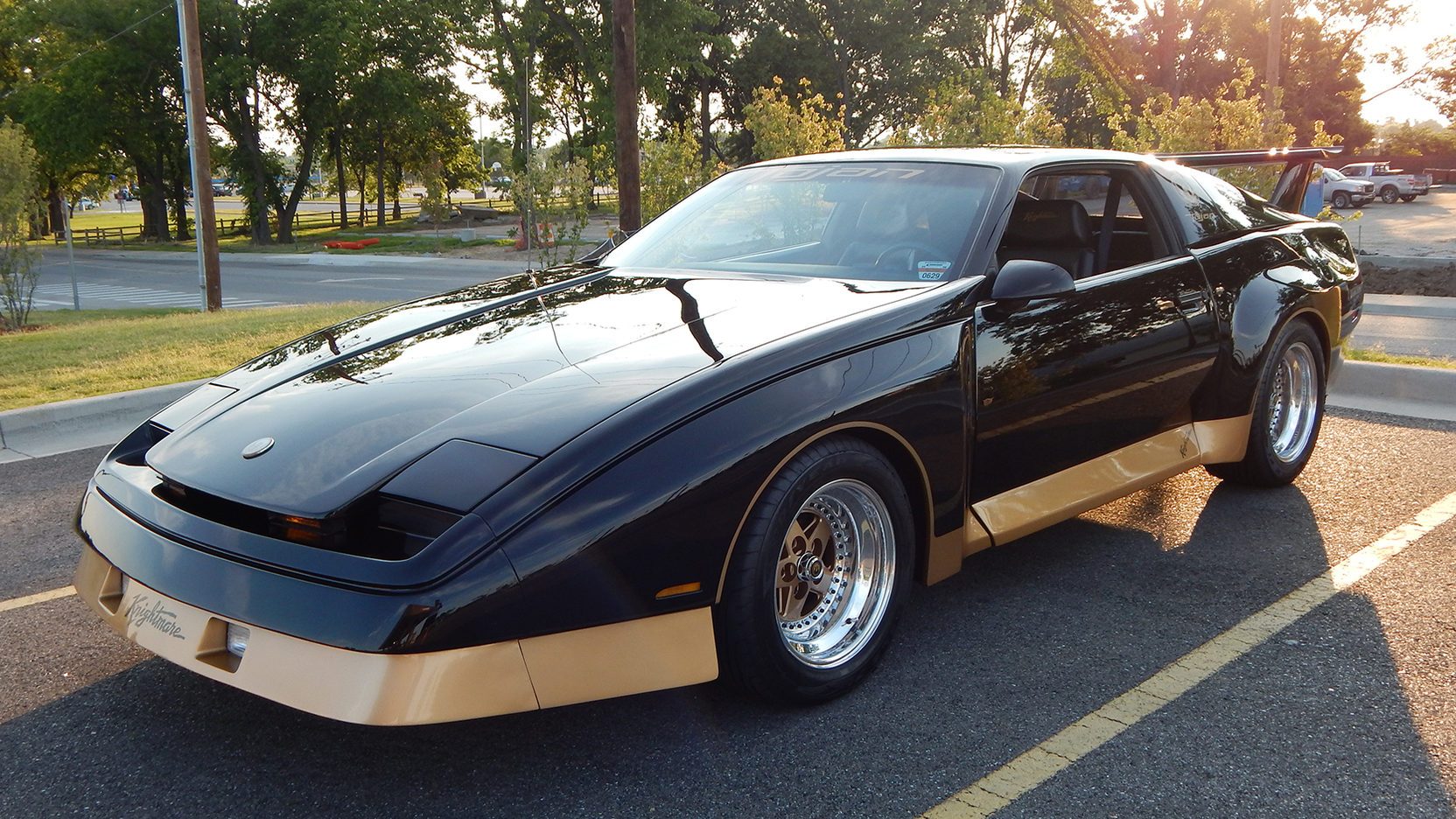
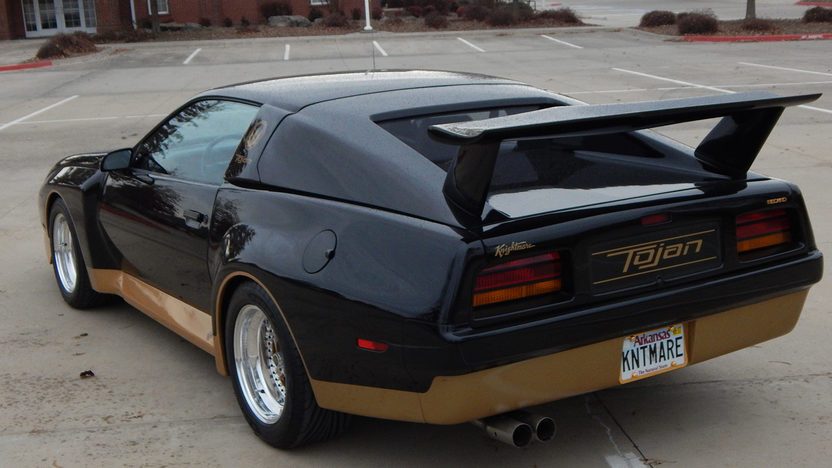
These are an extremely common sight in Australia, where they were sold as Holdens. Nothing special though, as it had relatively poor sales compared the other SUV's in the market.Chevrolet Captiva
First gen produced 2006-2018 and up until last week I had absolutely never, ever seen one nor even heard about it. For what amounts to a pseudo-captive import, the name is quite amusing.
I was wondering why I had never heard of it and looked up if Vauxpel had a similar model; they did, the Antara, of which I have also never heard of nor seen.
It's not even that bad looking except for the small wheels and tall ride height.

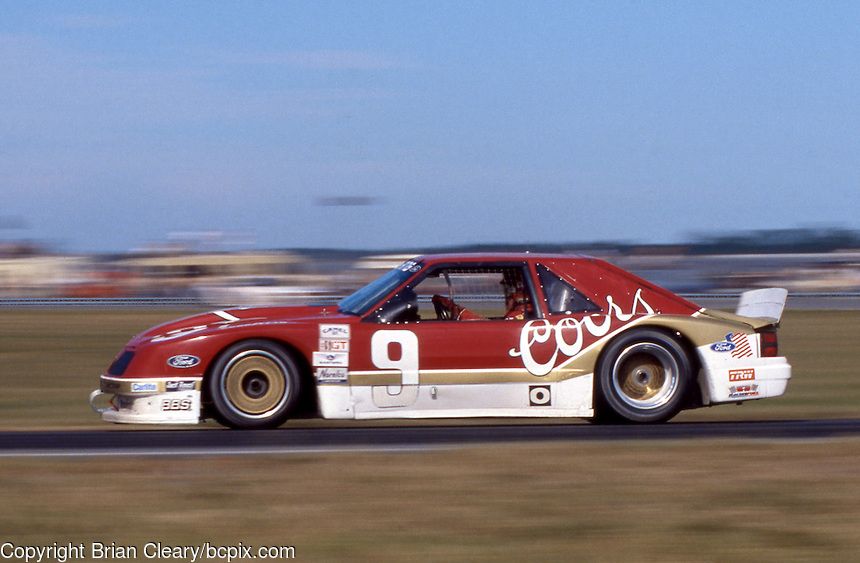
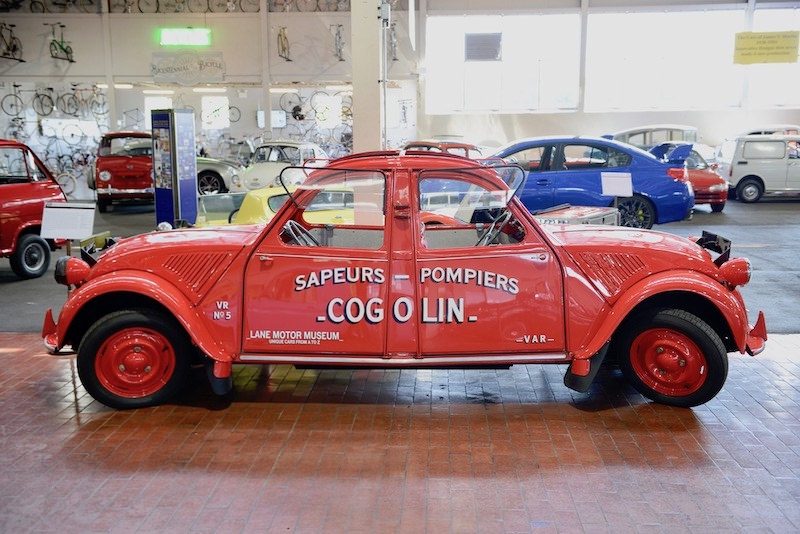
^ The Toyota Avanza/Daihatsu Xenia, Honda BR-V, & Suzuki Ertiga are doing fine being a B-segment 7-seater.Datsun Go Plus, it's basically a 3-Row extended Nissan Micra, 7 seats in a car that small blows my mind lol.View attachment 812131
Ford put the Boss 429 inside 1994 Mustang SVT Cobra, bored and stroked to 10L of displacement.
855 HP
0-60 in 1.9 seconds.

View attachment 812586
View attachment 812587
1995 Mustang Boss 10.0L
Ford put the Boss 429 inside 1994 Mustang SVT Cobra, bored and stroked to 10L of displacement.
855 HP
0-60 in 1.9 seconds.
^ IView attachment 812586
View attachment 812587
1995 Mustang Boss 10.0L
Ford put the Boss 429 inside 1994 Mustang SVT Cobra, bored and stroked to 10L of displacement.
855 HP
0-60 in 1.9 seconds.
You used to remember? You don't remember any more?-> ...
^ I used to remember when MotorTrend tested this monster back in high school.
Possibly because its 4.6-inch bore and 4.5-inch stroke results in a 598 cubic inch displacement rather than 610, and pushing the cylinder wall and crankshaft clearance boundaries of the A460 block on which that motor is based results in a maximum of 604.Why doesn't it say BOSS 610 on the engine? Pffft, lazy Ford.
Because this is America and 10 is bigger than 9.8.I'd think the better question is why not call it the Boss 9.8L
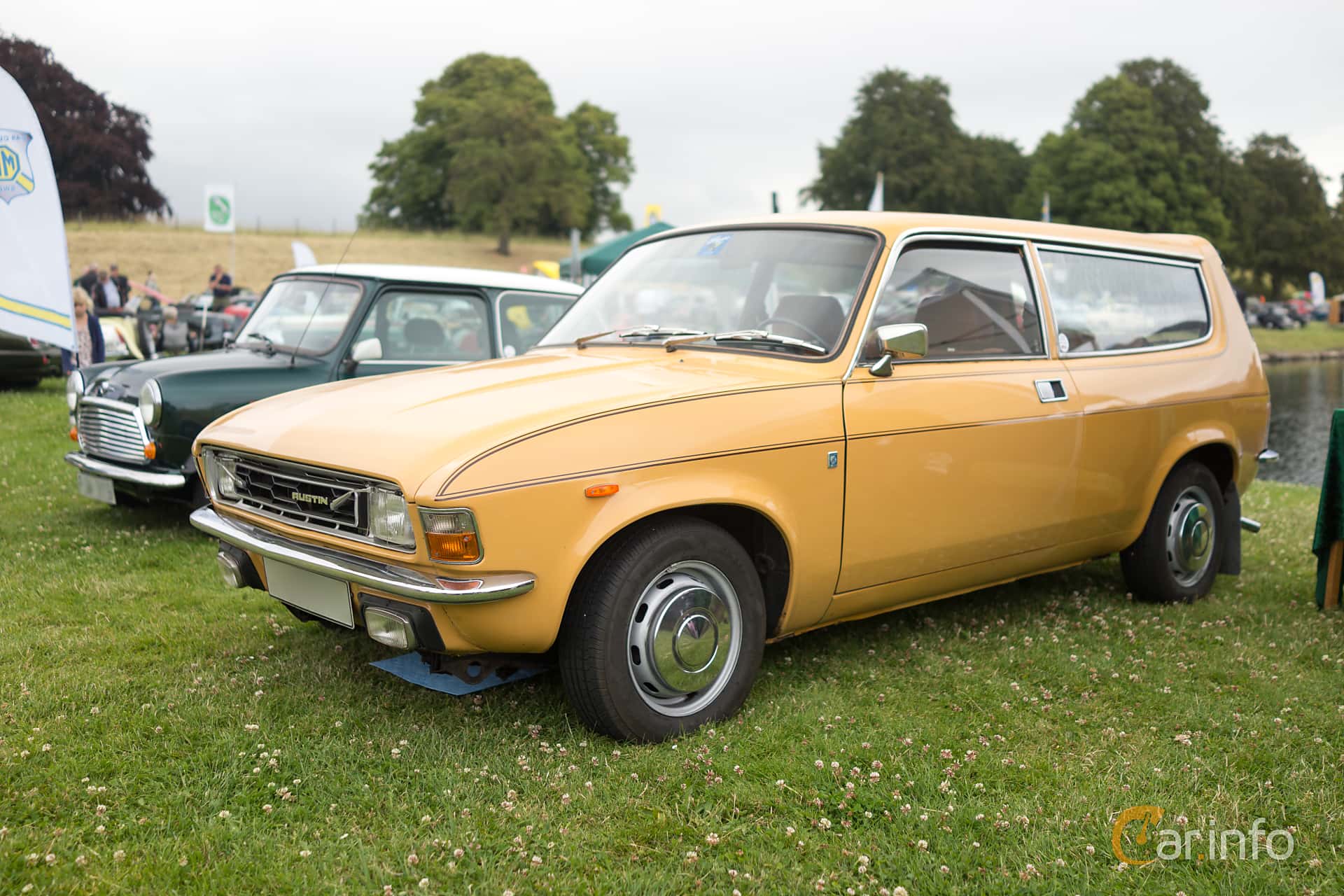
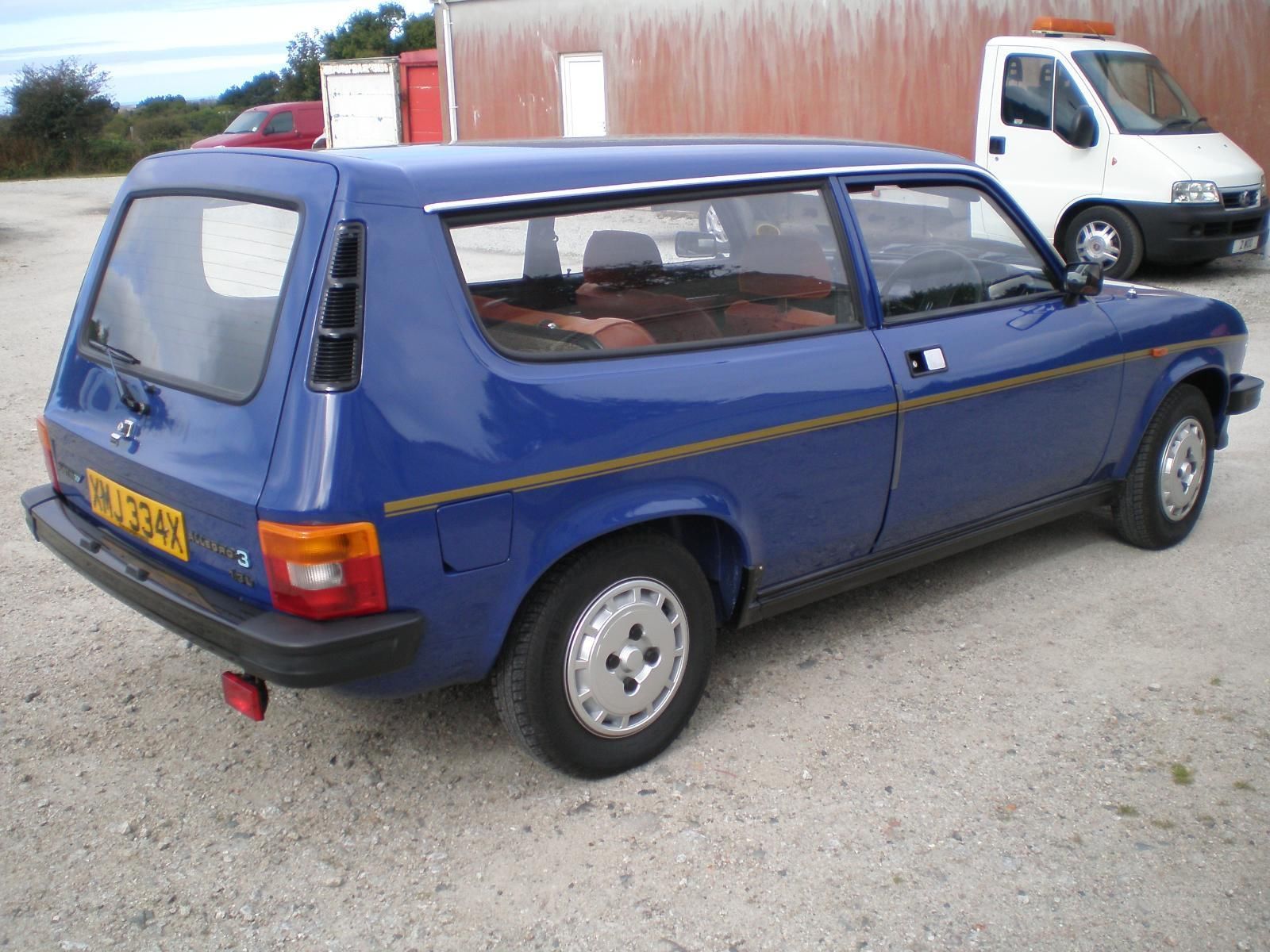

The Season 3 finale of The Grand Tour brought up the existence of the Austin Allegro estate.
